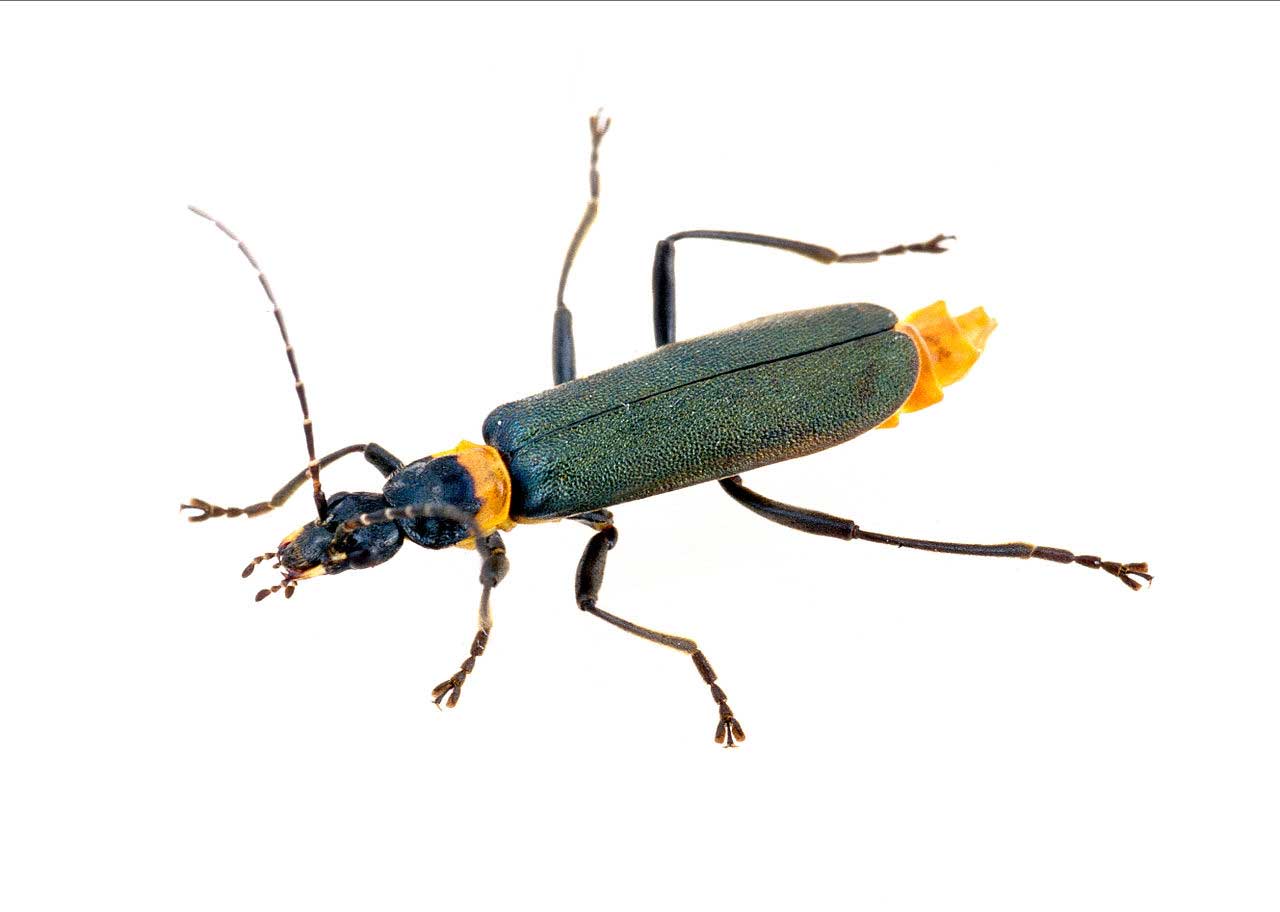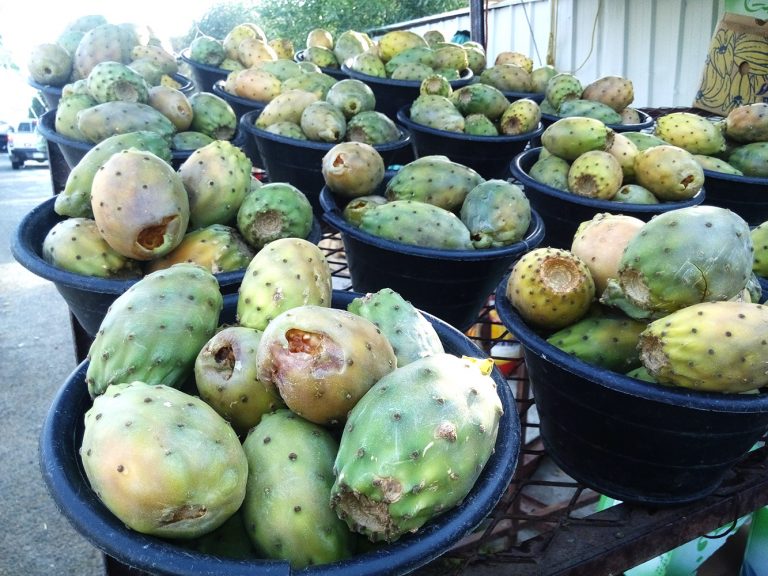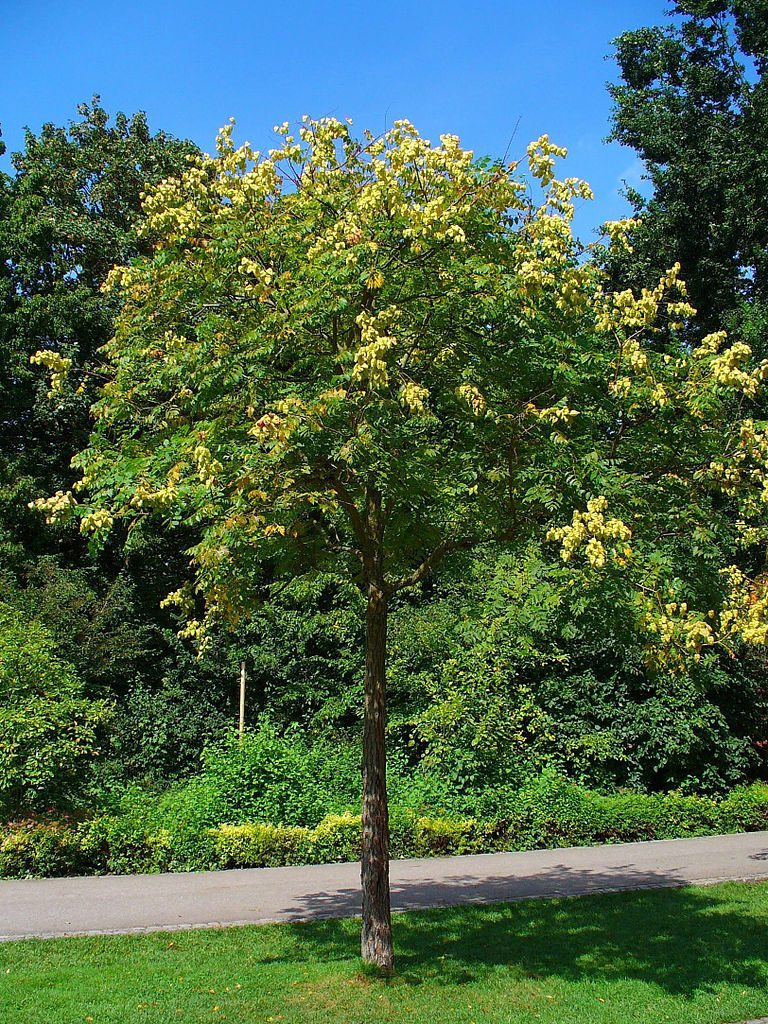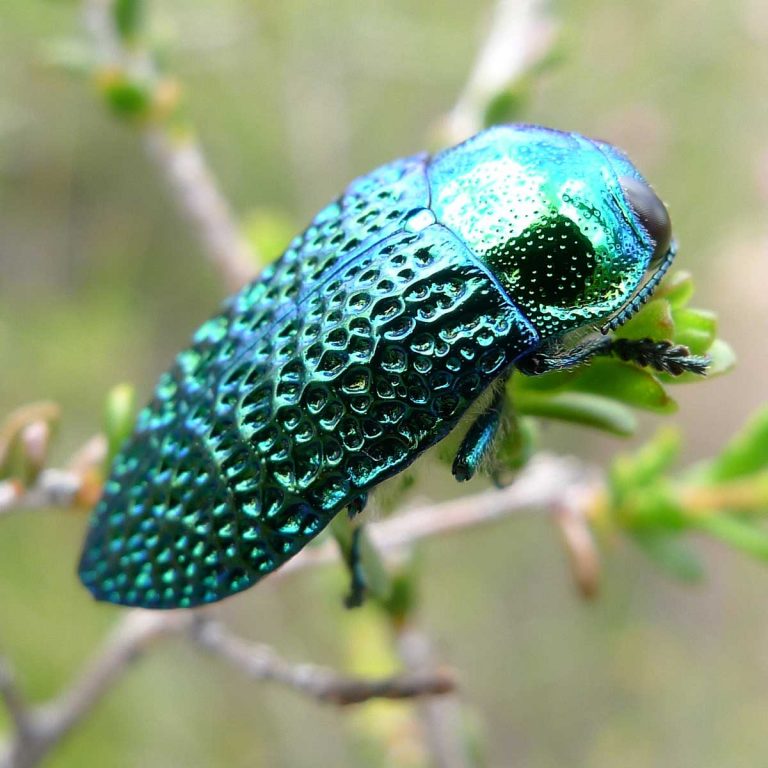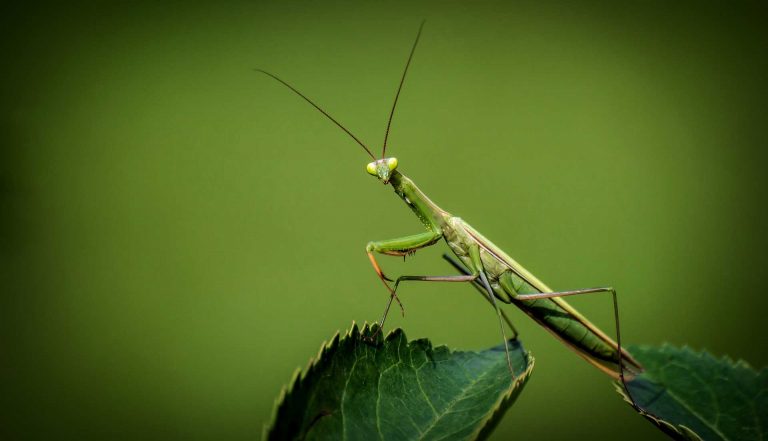Soldier Beetle (Cantharidae)
Scientific Classification
| Kingdom: | Animalia (Animals) |
| Phylum: | Arthropoda (Arthropods) |
| Subphylum: | Hexapoda (Hexapods) |
| Class: | Insecta (Insects) |
| Order: | Coleoptera (Beetles) |
| Suborder: | Polyphaga (Water, Rove, Scarab, Long-horned, Leaf and Snout Beetles) |
| Superfamily: | Elateroidea (Click, Firefly and Soldier Beetles) |
| Family: | Cantharidae (Soldier Beetles) |
The Soldier beetles (scientifically named Cantharidae) are comparatively straight-sided and soft-bodied. They are distributed internationally. The color model of one of the earliest described varieties is suggestive of the red coat of the former British soldier, which gave it the general name, “soldier.” Their soft, ultra, gave it another name “Leatherwings”.
In history, the soldier beetles had its position in a superior family named “cantharoidea”, This was included in the super family of Elateroidea; Occasionally, this name is at present used in a group without a rank, which includes the families like Drilidea, Cantharidae, Lycidae, Lampyridae, Omethidae, Omalisidae, Rhagophthalmidae and Phengodidae (in which Telegeusidae is included)
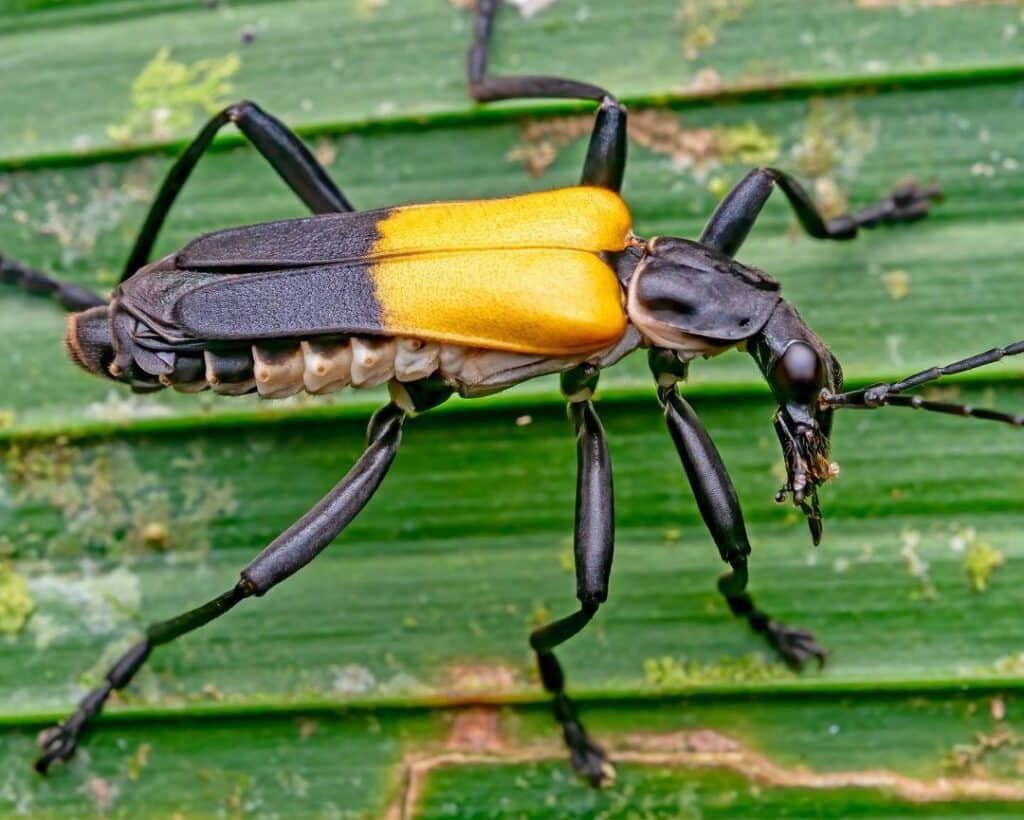
Anatomy
It is possible for the soldier beetle to grow to a length of 3 to 18 millimeters. At the top of the head of the Cantharidaethere is an antenna, which they use to detect smells and feelings, besides, it is used for mating. On the back, the exoskeleton, divides into two parts. Normally, they are colored brilliant red and black. (The flat, soft body of the beetle is not similar to its larvae), whose body is also flat. It has a prominent head, long legs and tail split into two. The whole body is covered with tiny, delicate dark colored hairs. The soldier beetles body is divided into three sections, such as the abdomen, thorax and head. Some of the most important parts of the body are seen in the head. The main part is the giant antenna. Besides, parts of the mouth, such as maxillary palp, mandibles and labial palp are also included. However the most conspicuous part of the soldier beetle is its eyes, which is of a compound nature, consisting of multiple lenses, which permit them to have a vision of several angles at a time.
Life Cycle
The life cycle of the soldier beetle consists of 4 stages. First is the egg stage, where the female soldier beetle carries her eggs and place them somewhere it is safe, such as underneath the leaves. The hatched eggs become the larvae. At this stage the beetle appears like a very small worm. The primary food of the larvae is leaves; however, if they get a chance, they eat insects of other kinds, smaller than them. When they get sufficient food, they develop into a pupa (The next stage of their life). The pupa is similar to a tiny slim beetle. This stage is previous to the final stage, which is the adult stage. It is this stage when the males and the females mate, the other name is pairing. When the female gets sperm cells from the male they get fertilized.
Feeding Behavior
The beetles fly short distances from plant to plant and at times between the long grass. Their movement is swift over plant leaves and flower heads pursuing insect prey like aphids. Normally they are seen as mating pairs
When the flower blossoms, we see many soldier beetles around the herbs. Their favorites are solitary flowers like the marigold and those of the daisy family. Golden rods, similar to other native trees and shrubs, are attracted by the soldier beetles.
Reproduction
The life cycle of the soldier beetle consists of 4 stages. First is the egg stage, where the female soldier beetle carries her eggs and place them somewhere it is safe, such as underneath the leaves. The hatched eggs become the larvae. At this stage the beetle appears like a very small worm. The primary food of the larvae is leaves; however, if they get a chance, they eat insects of other kinds, smaller than them. When they get sufficient food, they develop into a pupa (The next stage of their life). The pupa is similar to a tiny slim beetle. This stage is previous to the final stage, which is the adult stage. It is this stage when the males and the females mate, the other name is pairing. When the female gets sperm cells from the male they get fertilized.
As a Pest
It is good to have soldier beetles in your garden. These insects are of great use towards the end of summer, at this time aphids are plentiful and many insects start laying their eggs. Soldier beetle larvas assist in getting rid of these pests. During spring, they are able to compete with bees when they come to the flower beds and garden for pollination.

Having discovered a fondness for insects while pursuing her degree in Biology, Randi Jones was quite bugged to know that people usually dismissed these little creatures as “creepy-crawlies”.

